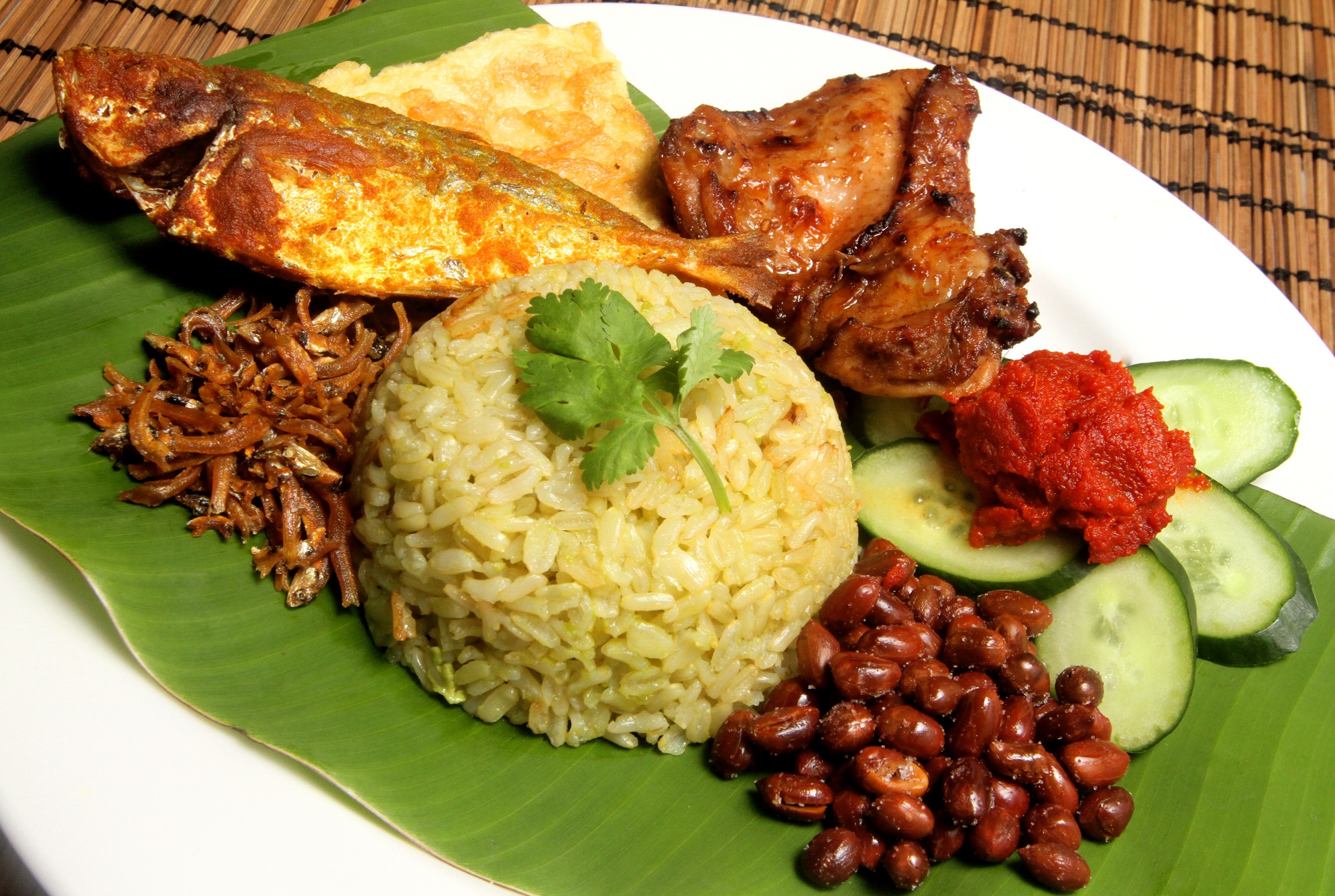Pandan, also known as screwpine, is no stranger to Southeast Asian kitchens. A commonly used culinary ingredient in these parts for centuries, pandan is the latest new "It" ingredient for Western foodies and chefs.
The latest person to endorse pandan is British celebrity chef Nigella Lawson who told The Times: "I think it's going to be the new matcha. I may be wrong, but we seem to be interested in that."
She noted that the ingredient has gained popularity across America and the trend is likely to reach Britain.
Trendy or not, it is hard to imagine life without pandan. From rice dishes and curries to kuehs and cakes, pandan lends its distinctive flavour to many classic favourites. While it is often not visible in the final dish, since the leaves are usually discarded, you can usually tell when pandan has been used thanks to its rich fragrance.
Pandan is so familiar to local taste buds that its use in food is often taken for granted. The plant is native to the Asian tropics, from India, throughout Southeast Asia to Australia, says the The Cultural History Of Plants, published in 2012.
There are several species of pandan, of which the Pandanus amaryllifolius is the most commonly cultivated in western Indonesia, Malaysia, Thailand, New Guinea, Sri Lanka, the Philippines and in recent years, Hawaii. In India, flowers from the Pandanus tectorius are a source of keora or kewda essence used in cooking.
Pandan leaves impart flavour and colour to food, and can also be fashioned into containers, or used as wrappers. In Singapore, the plant is also a favourite with cabbies who use it as a cheap, efficient, and natural air freshener for their cars.
Lawson anointing pandan as the next big thing in food is just a reiteration of what generations of Southeast Asians, and Singaporeans, already know - that pandan is sedap.
Here are eight recipes of classic dishes that use the leaves to delicious effect.
1. Nasi Lemak

Don't just throw in knotted pandan leaves to flavour the rice. For extra oomph, grind up pandan leaves and extract the juice to turn the rice a shade of jade. To lessen your guilt, use brown rice.
2. Kaya

All it takes is a few ingredients to whisk up your own kaya. Forget about artificial colouring. Pandan lends its aromatic freshness and colour for that truly homemade touch.
3. Chicken Rice

Pandan just makes things better, especially chicken rice. Chicken may be the star, but without pandan in the supporting cast, it is poultry overload. Here, pandan is used to gently perfume both the chicken and the rice.
4. Kupat Tahu

We simply cannot get enough of pandan-flavoured rice. There is a difference between ketupat (rice dumplings) boiled in plain water and ketupat boiled in pandan-infused water.
5. Pandan Wrapped Chicken

This dish uses pandan for both flavour and aesthetics. It does take a bit of work, but your persistence will be rewarded with incredibly aromatic morsels of chicken.
6. Bubur Cha Cha

You really cannot do without pandan for this traditional dessert that makes you want to dance, not just to work off the calories.
7. Tau Suan (Mung bean soup)

Pandan adds an aromatic dimension to this traditional dessert made with mung beans and flavoured with caramelised sugar.
8. Red Bean Potong

For a cool treat, make your own red bean potong ice-cream. The taste of pandan is unmistakable.


